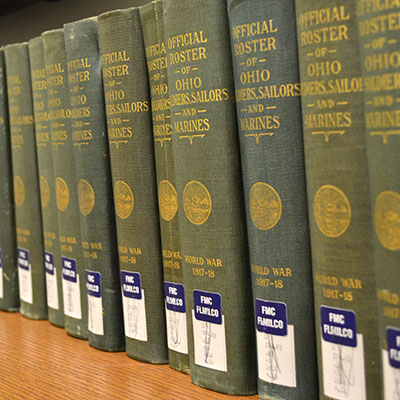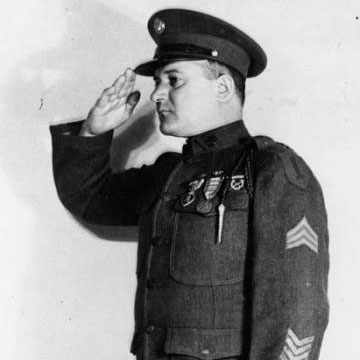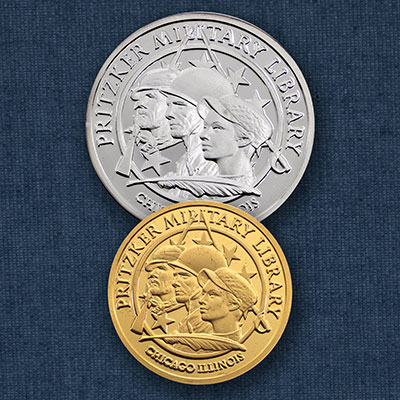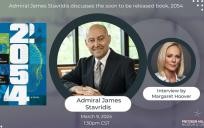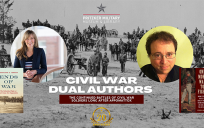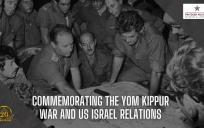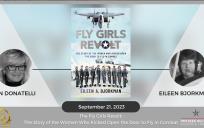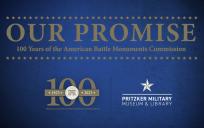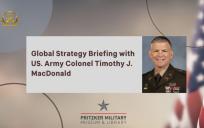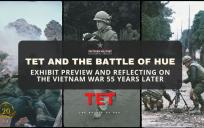
Record date:
When do soldiers stop fighting? For soldiers on both sides of the Civil War, Lee’s surrender at Appomattox was just the introduction of a new phase of warfare – a battle for culture, citizenship, and for some, the Lost Cause. Join the Pritzker Military Museum & Library for a discussion with Stephen A. Goldman M.D., author of One More War to Fight: Union Veterans' Battle for Equality through Reconstruction, Jim Crow, and the Lost Cause, and Dr. Caroline E. Janney, author of Ends of War: The Unfinished Fight of Lee's Army after Appomattox. Moderator Dr. Kate Masur, author and professor at Northwestern University, will guide the conversation of their research and writings about the continued battles of Civil War soldiers long after Appomattox.
Dr. Caroline E. Janney is the John L. Nau III Professor in the History of the American Civil War and Director of the John L. Nau III Center for Civil War History at the University of Virginia. She served as a historian for the National Park Service and was a professor at Purdue University. Caroline presents around the world and is the past president of the Society of Civil War Historians. She is also a series editor for the University of North Carolina Press’s Civil War America series. Her published books include Remembering the Civil War: Reunion and the Limits of Reconciliation (2013) and Buying and Selling Civil War Memory in Gilded Age America (2021). In Ends of War: The Unfinished Fight of Lee's Army after Appomattox, a dramatic new history of the weeks and months after Appomattox, Janney reveals that Lee's surrender was less an ending than the start of an interregnum marked by military and political uncertainty, legal and logistical confusion, and continued outbursts of violence. Janney takes readers from the deliberations of government and military authorities to the ground-level experiences of common soldiers. Ultimately, what unfolds is the messy birth narrative of the Lost Cause, laying the groundwork for the defiant resilience of rebellion in the years that followed.
Stephen A. Goldman, M.D. is a psychiatrist with decades of experience in academic/clinical medicine and public health, and an international consultant in medical product safety. Linking experience treating and working with combat veterans with in-depth study of the Civil War, Reconstruction, and race, his thought-provoking findings have been welcomed on television, radio, podcasts, and in other venues. Dr. Goldman has served as an Adjunct Assistant Professor of Psychiatry at the Uniformed Services University of the Health Sciences, and is currently an Adjunct Professor at Shepherd University, where he teaches seminars in its Honors Program. The only physician to serve on the Abraham Lincoln Institute Board of Directors, and a Distinguished Life Fellow of the American Psychiatric Association, he recently published One More War to Fight: Union Veterans' Battle for Equality through Reconstruction, Jim Crow, and the Lost Cause. In his book Goldman tells two intertwined, previously untold stories: how Union veterans, black and white, fought a second war seeking equality for all Americans after the Civil War, and, in the process, created the model of civic responsibility based on military service that US citizen soldiers, sailors, and marines have emulated in modern times.
Dr. Kate Masur, Board of Visitors Professor of History at Northwestern University, specializes in the history of race, politics, and law in the United States. Her recent book, Until Justice Be Done: America’s First Civil Rights Movement, from the Revolution to Reconstruction (W. W. Norton, 2021), was a finalist for the Pulitzer Prize in History and winner of the Littleton-Griswold Prize from the American Historical Association, the John Phillip Reid Book Award from the American Society for Legal History, and the John Nau Book Prize in American Civil War Era History. She has consulted extensively with museums, arts organizations and K-12 teachers and is co-editor of the Journal of the Civil War Era.
